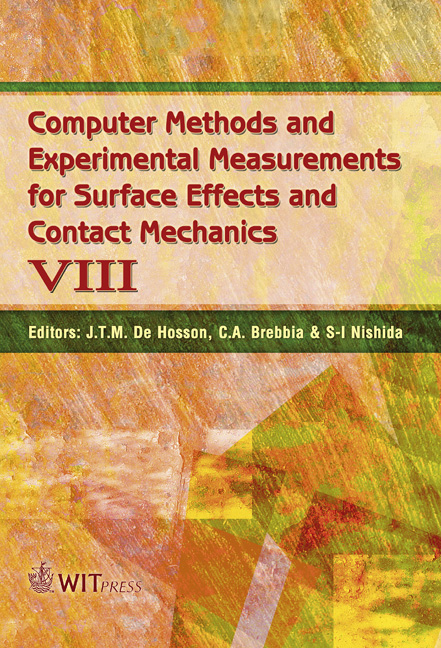Optimal Shape Of Fibers In Composite Structure Using Inverse Variational Principles
Price
Free (open access)
Transaction
Volume
55
Pages
10
Published
2007
Size
412 kb
Paper DOI
10.2495/SECM070131
Copyright
WIT Press
Author(s)
P. Procházka
Abstract
Inverse variational principles proved their importance in shape optimization of structures. In this paper they are applied to searching for the optimal shape of fibers in a composite structure. As the boundary element method seems to be more promising than other modern numerical methods applied to the search for optimal shape, in the submitting paper the boundary element method is redefined to enable one to use such an approach, which leads to possibility for the optimal interfacial energies and, hence, to the optimal bearing capacity of the composite structure. Necessary discretization of the domain, which occurs in the finite elements, is suppressed in our case. Standard procedure in the finite elements leads to dependence of the stiffness matrix on the shape of the fibers. In this case, following a basic idea for homogenization and localization, concentration factors have to be calculated in terms of the boundary element method instead. These terms are dependent on the shape of the fibers. It appears that the procedure is still not convergent (we solve a strongly nonlinear problem) and additional constraint has to be involved in the formulation. In order to formulate and solve this problem, the idea of Inverse variational principles is applied here for expressing necessary quantities. The paper concentrates on the calculation of quantities, which are necessary to formulate the optimization problem. The main attention is focused on calculation of concentration factors, which play the most important role in the approach proposed. Keywords: discrete element method, boundary element method, dynamical equilibrium.
Keywords
discrete element method, boundary element method, dynamical equilibrium.





